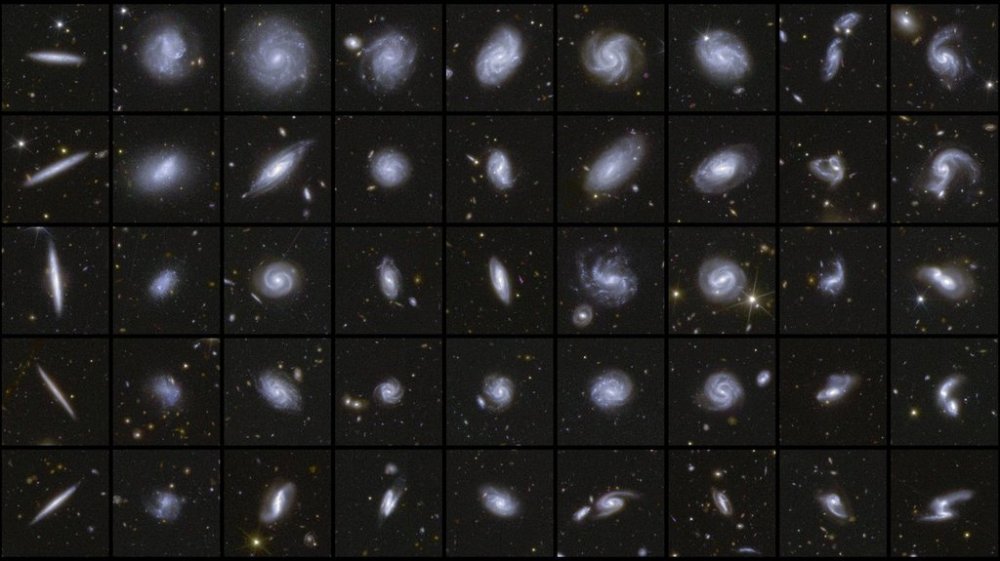European telescope studying the dark universe unveils new images of distant galaxies
Advertisement
Read this article for free:
or
Already have an account? Log in here »
To continue reading, please subscribe:
Monthly Digital Subscription
$0 for the first 4 weeks*
- Enjoy unlimited reading on winnipegfreepress.com
- Read the E-Edition, our digital replica newspaper
- Access News Break, our award-winning app
- Play interactive puzzles
*No charge for 4 weeks then price increases to the regular rate of $19.00 plus GST every four weeks. Offer available to new and qualified returning subscribers only. Cancel any time.
Monthly Digital Subscription
$4.75/week*
- Enjoy unlimited reading on winnipegfreepress.com
- Read the E-Edition, our digital replica newspaper
- Access News Break, our award-winning app
- Play interactive puzzles
*Billed as $19 plus GST every four weeks. Cancel any time.
To continue reading, please subscribe:
Add Free Press access to your Brandon Sun subscription for only an additional
$1 for the first 4 weeks*
*Your next subscription payment will increase by $1.00 and you will be charged $16.99 plus GST for four weeks. After four weeks, your payment will increase to $23.99 plus GST every four weeks.
Read unlimited articles for free today:
or
Already have an account? Log in here »
Hey there, time traveller!
This article was published 19/03/2025 (279 days ago), so information in it may no longer be current.
NEW YORK (AP) — A European space telescope launched to explore the dark universe has released a trove of new data on distant galaxies.
The images and other information released Wednesday by the European Space Agency’s Euclid observatory includes a preview of three cosmic areas that the mission will spy in finer detail, mapping the shapes and locations of galaxies billions of light years away. A light year is nearly 6 trillion miles.
The observatory, which blasted off in 2023 from Florida, is creating a cosmic atlas to gain clues about how our ever-expanding universe works and how mysterious forces called dark energy and dark matter may play a role. The elusive duo make up most of our universe, but researchers don’t know exactly what they are.

Over six years of observing, the mission hopes to capture glamour shots of over 1.5 billion galaxies.
___
The Associated Press Health and Science Department receives support from the Howard Hughes Medical Institute’s Science and Educational Media Group and the Robert Wood Johnson Foundation. The AP is solely responsible for all content.

